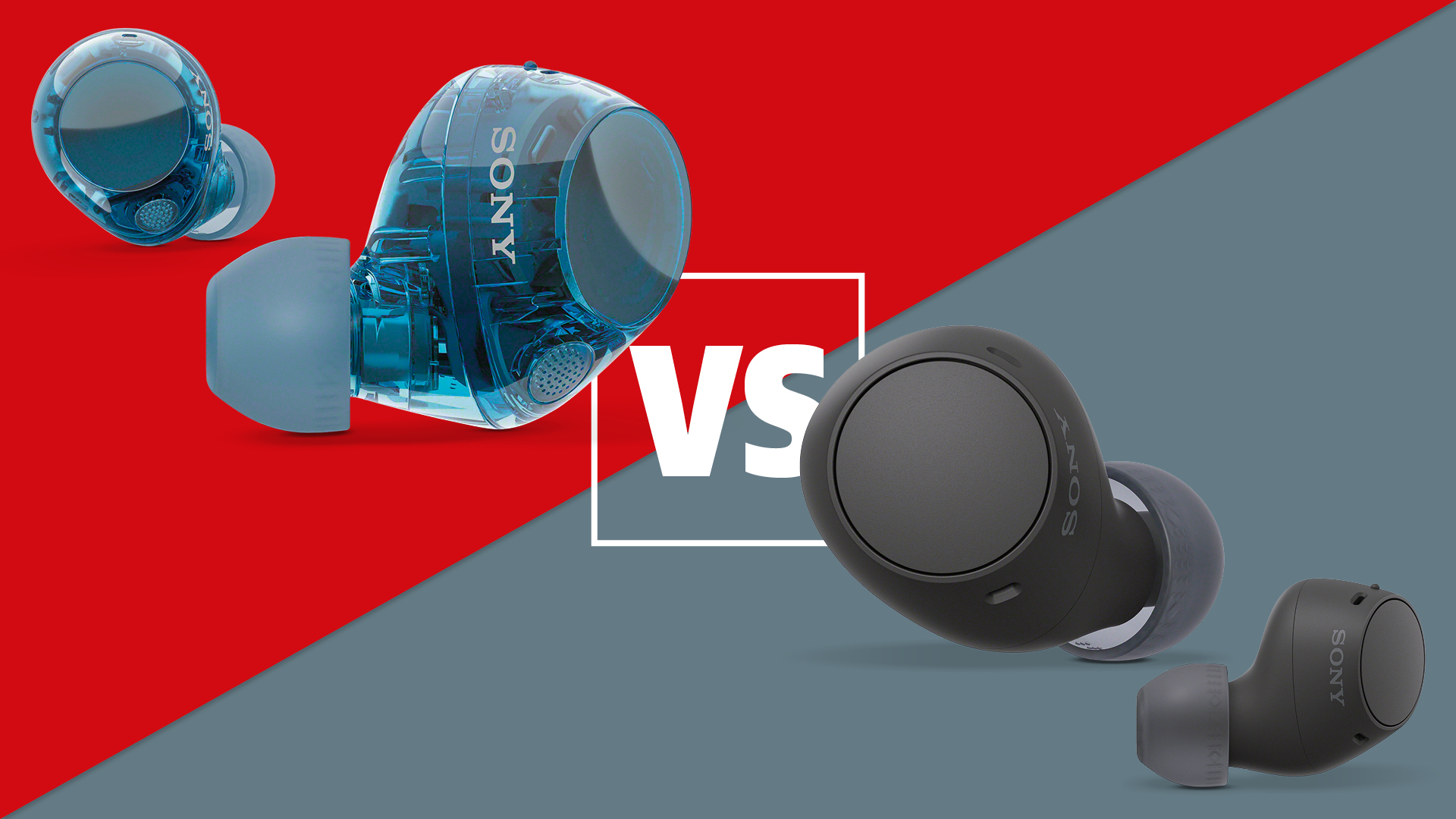New film material can make LCD TVs look better than OLEDs, developer claims
Super-birefringence film manufactured by Japanese chemical company could boost LCD TV picture quality dramatically, as well as improving off-axis viewing and screen performance in bright light
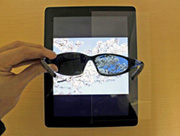
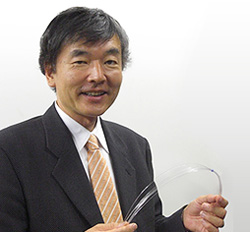
UPDATE: An inexpensive polyester film applied to the screen of LCD TVs in the production process can make affordable screens look even better than 'next generation' OLED displays.
That's the claim from the inventor of the LCD screen film, designed to make images look better when viewed from an angle or in bright sunlight.
Keio University professor Yasuhiro Koike (pictured) says his product is also able to make LCD displays deliver better picture quality than the OEL/OLED electroluminescent panels now coming to the TV market.
Prof Koike, whose team developed the 'super birefringence' film, says the new material, which is an inexpensive polyester-based layer applied to LCD panels in production, makes the picture quality better than that of the pricey 'next-generation' OLED technology just beginning to emerge in upmarket TVs, by curing problems inherent in LCD displays.
The first OLED TVs to hit the market will sell for £6500 or more; if the new material is able to combine with relatively inexpensive LED-lit LCD TVs to deliver better picture quality than those 'new-tech' TVs, it could provide a serious challenge to the marketing plans for OLED.
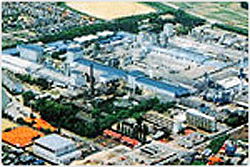
And Toyobo, the Japanese company making the film, has already invested tens of billions of yen in building the production lines to manufacture it at its plant at Inuyama, Japan (left).
As reported below, it can produce 10,000 tons of the material a year, and it's already reporting that some LCD manufacturers have started to use the product on their displays.
Get the What Hi-Fi? Newsletter
The latest hi-fi, home cinema and tech news, reviews, buying advice and deals, direct to your inbox.
Best-known in Japan as a textile maker, Toyobo already has a significant business in making films of this kind: although film materials account for less than a third of its sales, they're expected to deliver almost half of the company's operating profit this year.
By 2015 it expects the new film to account for Y15bn (over £100m) of its total sales.
– Birefringence, or 'double refraction', is the phenomenon by which light passing through a transparent material is splits into two rays in slightly different alignments, impacting on colour rendition and brightness, and thus contrast. The new film is designed to correct these errors.
Posted 04.02.13
One of the major problems with LCD screens – poor colour quality and contrast when viewed from extreme angles – looks to have been solved by Japanese researchers.
A new low-cost film, developed by a team led by Keio University professor Yasuhiro Koike, will take the place of the relatively expensive retardation film layer currently used to compensate for phase differences in LCD displays.
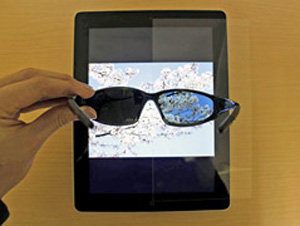
And as well as improving off-axis viewing – a problem in the typical household where some family members may be sitting off to one side of the screen –, it also delivers better picture quality under bright light.
Most LCD TVs have a relatively narrow 'sweet spot' in which the truest colours are seen, with contrast and saturation dropping off when you move further to the side: the new film, made from the same inexpensive polyester used for plastic bottles, solves this problem.
As well as having obvious applications in domestic TVs, the film can also improve the visibility of tablet and smartphone screens in bright daylight, even when viewed wearing sunglasses. Some current screens can even black out completely when the viewer is wearing polarised sunglasses.
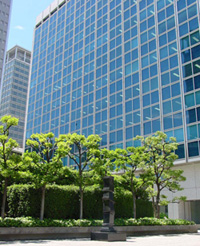
Reports from Japan say that Apple is among the companies interested in using the new film, which is no mere research project: it's already gone into production.
130-year-old chemicals-to-textiles company Toyobo (left) already has a production line up and running at one of its plants in Japan, and expects to have an annual capacity of 10,000 tons of the material within a couple of months.
That's enough to cover some 30 million 32in TV screens.
Andrew has written about audio and video products for the past 20+ years, and been a consumer journalist for more than 30 years, starting his career on camera magazines. Andrew has contributed to titles including What Hi-Fi?, Gramophone, Jazzwise and Hi-Fi Critic, Hi-Fi News & Record Review and Hi-Fi Choice. I’ve also written for a number of non-specialist and overseas magazines.
